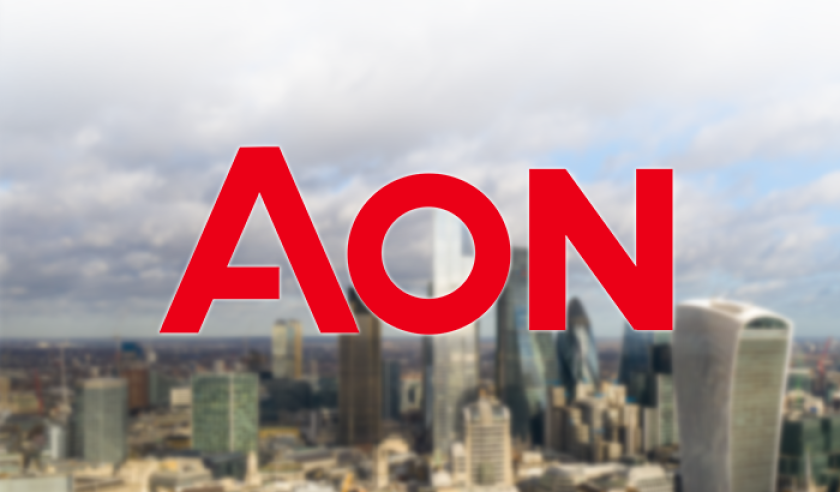ILS managers will leverage strong performance in the Covid-19 crisis to grow assets in the years to come, Aon Securities said in its annual ILS market review.
Aon: ILS market will leverage Covid performance to grow


ILS managers will leverage strong performance in the Covid-19 crisis to grow assets in the years to come, Aon Securities said in its annual ILS market review.